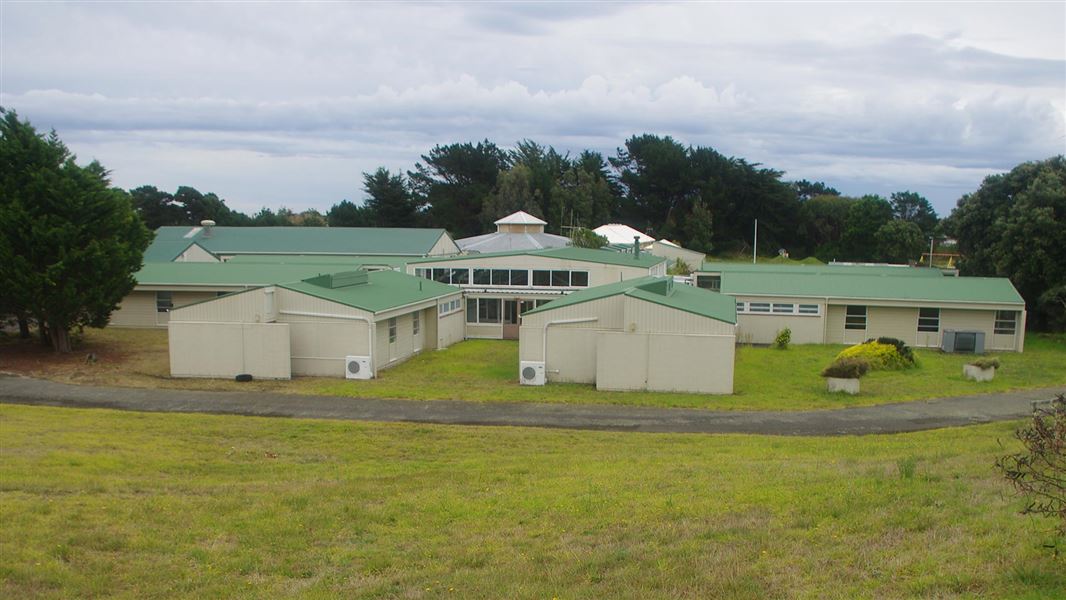DOC manages the Ōtaki Health Camp.
There is no general public access to Ōtaki Health Camp’s grounds or buildings. You cannot walk around the site without arranging permission.
Group tours can be arranged through the Friends of the Ōtaki Rotunda charitable trust. Learn more on their website.
Children’s health camps
The children’s health camp movement in New Zealand began after the First World War, inspired by concerns about malnutrition, tuberculosis, and other diseases among children. The movement was pioneered by prominent physicians, and the first health camp was established by Dr Elizabeth Gunn in 1919 near Whanganui.
The early camps were modelled on army life, with camping and highly structured routines, as well as plenty of outdoor activity and regular meals. By the late 1920s, health camps were seen as crucial for combatting tuberculosis.
Establishing the Ōtaki Health Camp
Ōtaki was viewed as an excellent location for a permanent health camp, due to its climate and closeness to the ocean. The land was donated by local businessman Byron Brown and Dr Ada Paterson was a driving force behind its establishment and early activity.
Two rotunda buildings were relocated from King George V Hospital in Rotorua and the camp opened in 1932, with 120 beds. It was the country’s first permanent children’s health camp. Children could be referred for a six-week stay at the camp from Wellington, New Plymouth, and Hawke’s Bay. They were typically poorly nourished or recovering from sickness.
The camp aimed to build up their physical health with plentiful food, sleep, and outdoor activities. Schooling was also provided. By 1933 the camp was being hailed as a success and hundreds of children attended each year.
More facilities were added in the early 1940s, then the camp was temporarily closed when it became an emergency hospital during World War Two. However, it reopened after the war ended in 1945 and continued to flourish. There was another major phase of building in the early 1960s.
Changing needs and closure
Through the twentieth century, there was an increasing emphasis on the emotional needs of children. The camp’s initial focus on physical health was no longer seen as sufficient and its approach broadened. By the mid-1990s, more than half of those who attended health camps were being referred for behavioural/emotional issues.
From the 1970s onwards, questions were being asked about the relevance of children’s health camps. The camps increasingly struggled for funding.
In 2001, the government handed the children’s health camps (including the Ōtaki Health Camp) over to a charitable trust. The services became increasingly specialised towards vulnerable children and families. The Ōtaki camp closed in 2018, due to financial challenges. Given the high heritage conservation values of the site, the reserve and its assets were transferred to DOC to manage.
